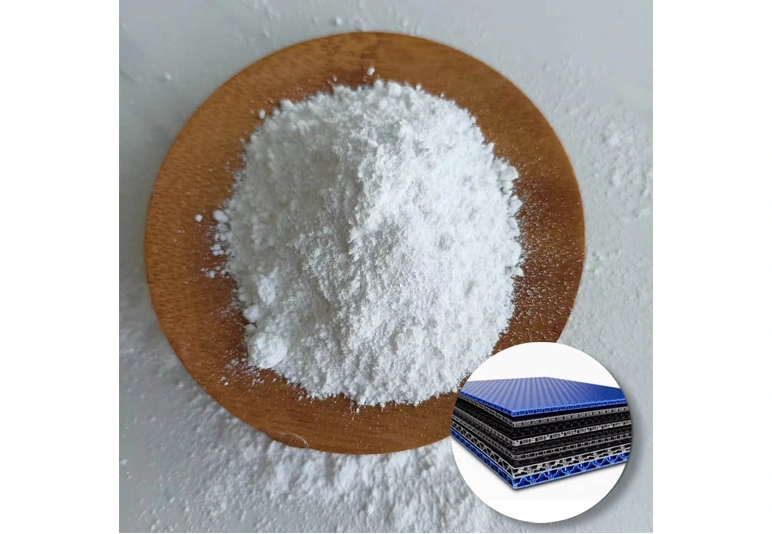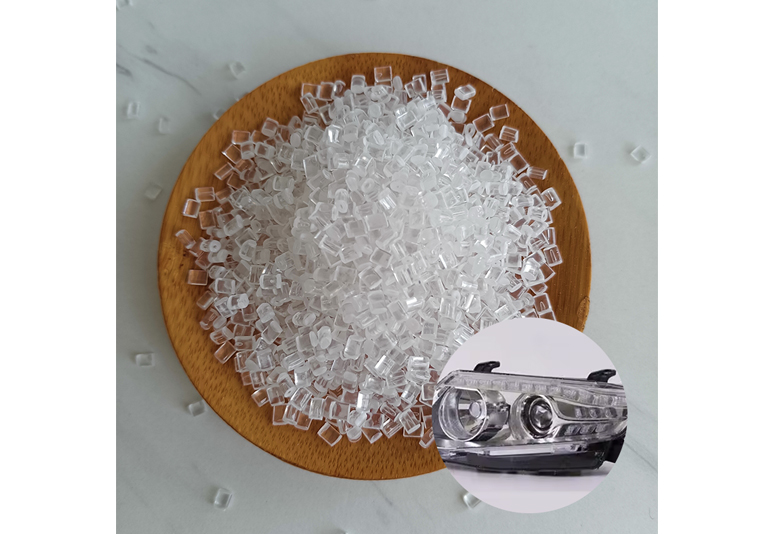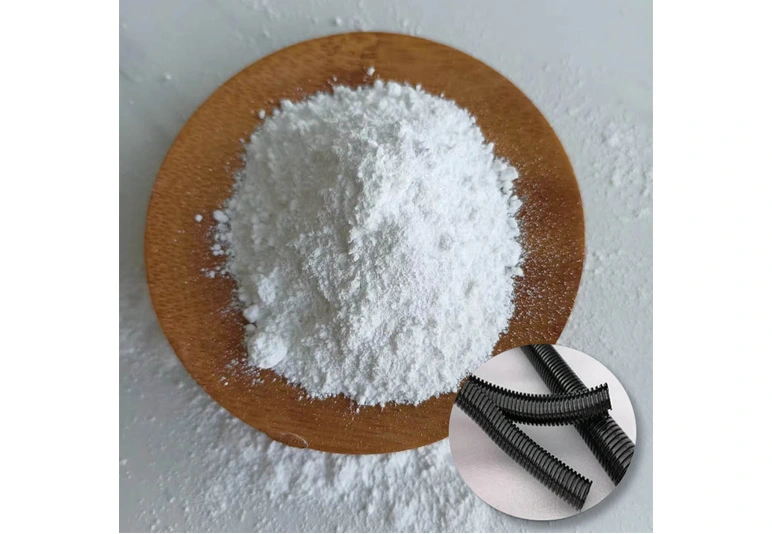As global environmental regulations tighten and consumer safety awareness grows, halogen-free flame retardants (HFFR) are becoming a critical trend in the plastics industry. Across electronics, automotive, construction, and household products, traditional halogen-based flame retardants are being phased out due to toxic gas emissions during combustion. In contrast, halogen-free solutions—with their superior safety, low toxicity, and eco-friendliness—are reshaping industry standards.
1. Why Halogen-Free Flame Retardants Are the Industry Standard
Compared to brominated/chlorinated counterparts, HFFRs offer unmatched advantages:
Environmentally Safe: Halogen-free (no bromine/chlorine), eliminating toxic dioxins and hydrogen halides. Complies with RoHS, REACH, and IEC 61249.
Low Smoke & Toxicity: Minimizes secondary hazards in enclosed spaces (e.g., high-speed trains, aircraft cabins).
Material Compatibility: Works with PP, PE, ABS, PA, and PC while preserving mechanical/electrical properties (UL94 V0 achievable).
Regulatory Driven: EU halogen-free directives and China’s GB 8624 accelerate adoption.
For plastic compounders and manufacturers, transitioning to HFFRs is both a compliance necessity and a competitive edge.
2. Top 3 Halogen-Free Flame Retardant Technologies
A. Phosphorus-Based (Phosphorus-Nitrogen Synergists)
Best for: Engineering plastics (PA, PBT, PC).
Key Materials: Ammonium polyphosphate (APP), piperazine pyrophosphate (PAPP), aluminum hypophosphite. Forms a char layer to block heat/oxygen.
B. Nitrogen-Based (Intumescent Systems)
Best for: Polyolefins (PP, PE), foams.
Key Materials: Melamine cyanurate (MCA), releases inert gases to dilute flammables.
C. Inorganic Fillers (Hydroxides & Nanomaterials)
Best for: Cables, building materials.
Key Materials: Aluminum hydroxide (ATH), magnesium hydroxide (MDH). Non-toxic but require high loading (50–60%). Often blended with synergists.
Future R&D focuses on phosphorus-nitrogen synergies, nano-modification, and silicon hybrids.
3. Selecting the Right Halogen-Free Solution
| Industry | Recommendation | Key Standards |
|---|
| Electronics | Phosphorus-nitrogen systems | UL94 V0, high dielectric |
| Automotive | Heat-resistant phosphorus (PA66/PPS) | ISO 3795 (low smoke) |
| Construction | ATH/MDH + smoke suppressants | GB 8624 (B1 fire rating) |
Supplier Checklist:
Provides LOI, UL94, and thermal stability data.
Supports certifications (UL, IEC, GB).
Offers custom formulation development.
4. Future Innovations in Halogen-Free Technology
Bio-Based: Plant-derived (e.g., phytic acid, lignin) for full biodegradability.
Nano-Enhanced: Graphene/nano-clay to reduce filler loads.
Smart FRs: Temperature-triggered flame inhibition.
Partner with Us for Safer, Greener Plastics
We deliver tailored halogen-free flame retardant solutions—from material selection to process optimization—helping you meet the highest safety and sustainability goals. Contact our technical team for a customized proposal!
 English
English






